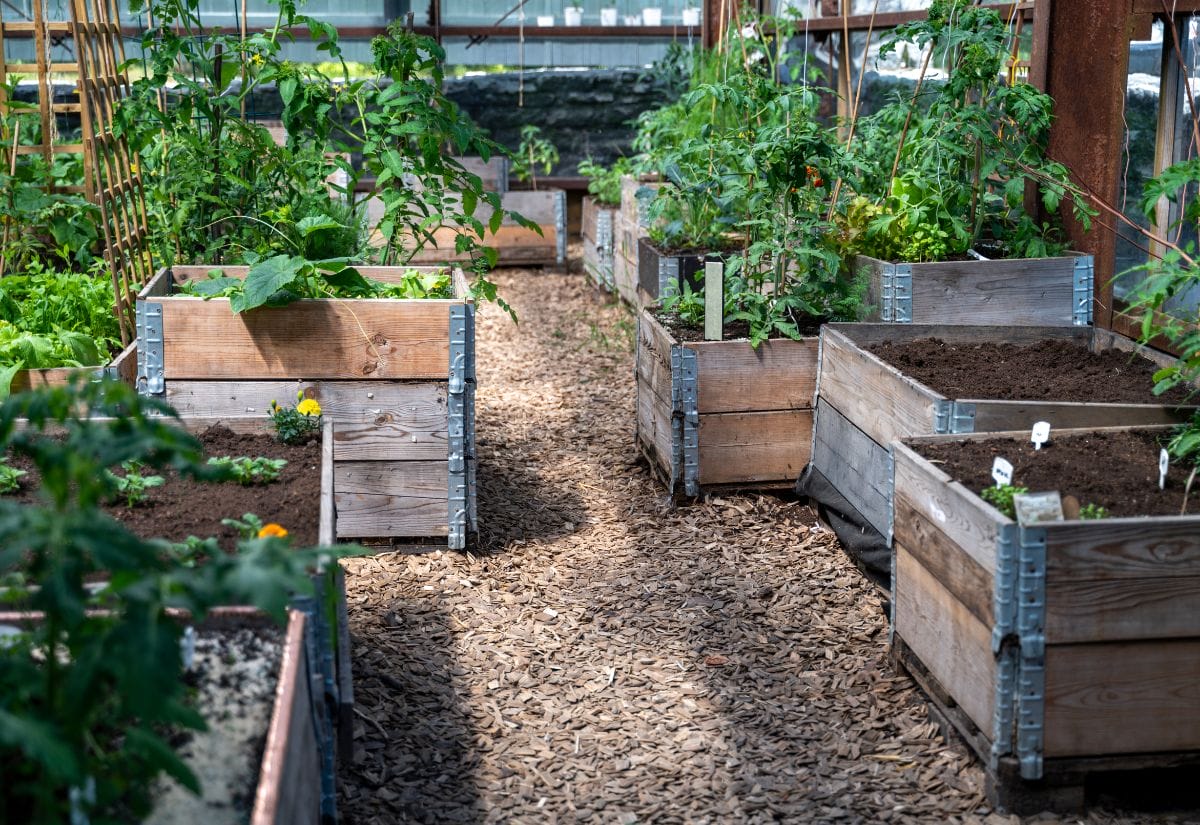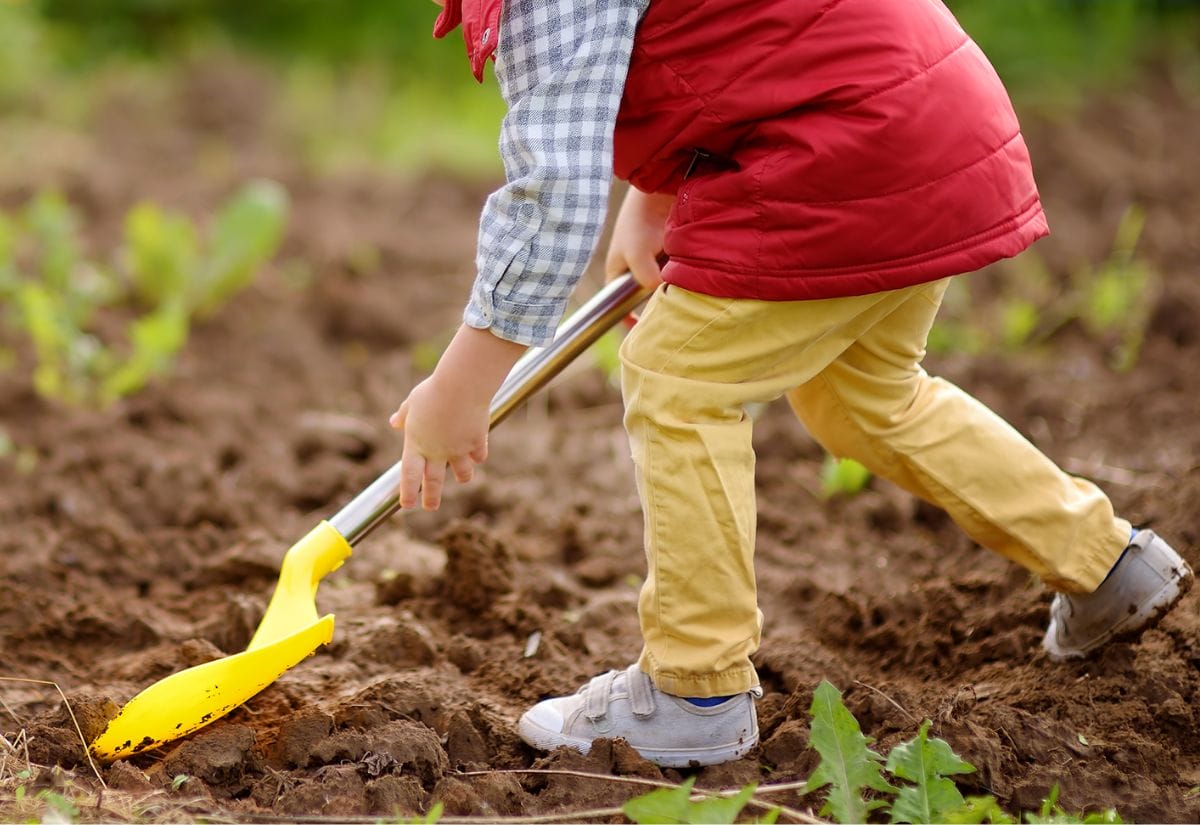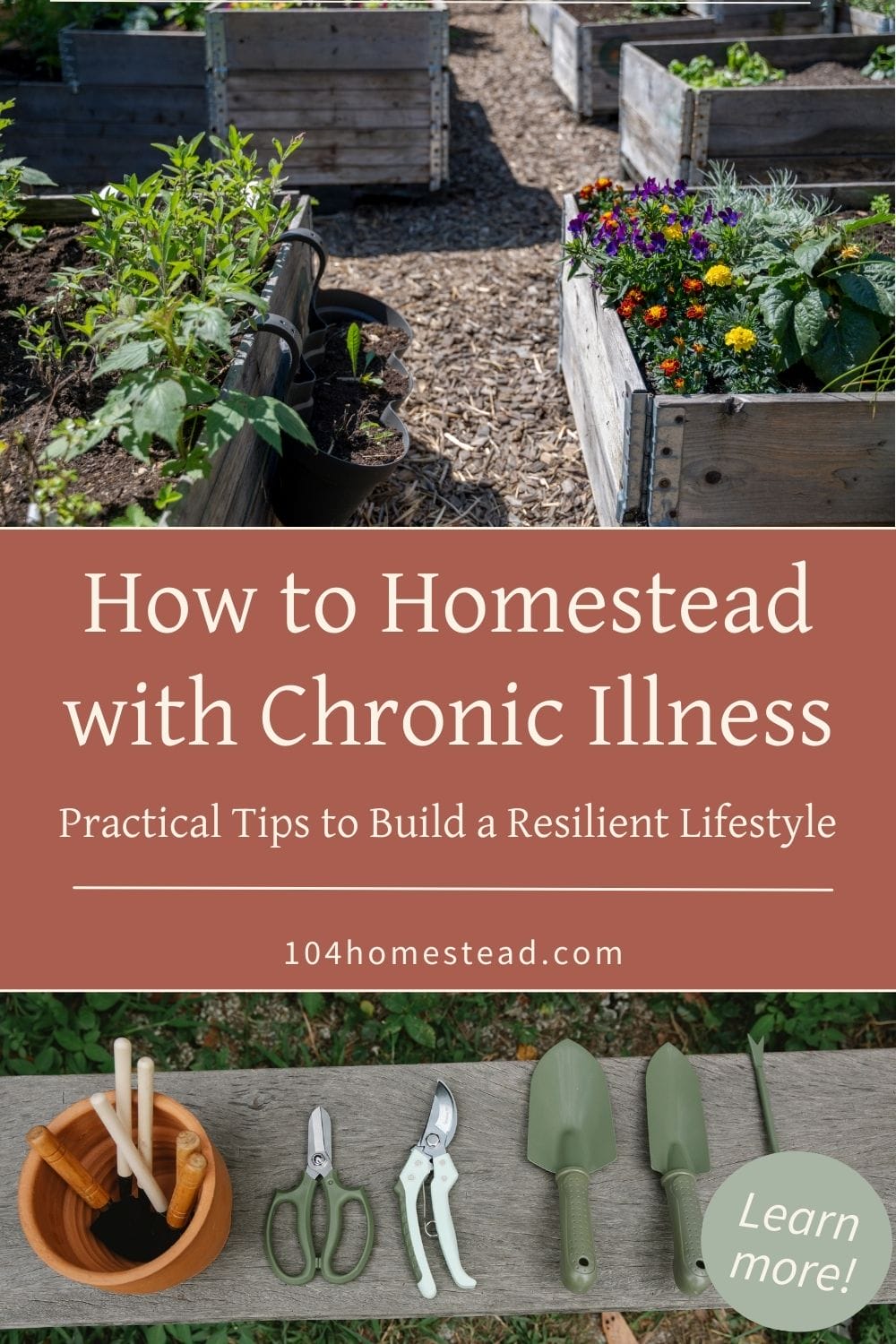Thriving as a Homesteader with Chronic Health Challenges
Practical tips for homesteading with chronic health conditions. Learn how to adapt tasks, use tools, and thrive in self-sufficiency.

Homesteading is often associated with hard work and physical labor, which can feel overwhelming if you’re managing a chronic health condition. But here’s the truth: building a self-sufficient lifestyle isn’t out of reach—even if your energy or mobility is limited.
In this post, I’ll share practical strategies for homesteading while navigating chronic illness. From choosing manageable projects to leveraging tools and community support, you’ll find actionable advice to help you embrace the homesteading lifestyle at your own pace—and on your own terms.
Start Small and Build Slowly
When I first started homesteading, I was eager to take on every project—gardening, raising animals, canning, you name it. But my body quickly reminded me that pacing is key. If you’re living with a chronic condition, starting small isn’t just practical; it’s essential.
- Focus on one or two priorities. For example, start with a small herb garden or a couple of backyard chickens.
- Break big goals into smaller tasks. Instead of planting a quarter-acre garden, consider a few raised beds or container gardening.
- Track your energy levels. Keep a journal to identify when you feel your best, and plan tasks during those times.
Adapt Your Homestead to Your Abilities
You don’t have to stick to traditional methods if they don’t work for you. Adaptations can make homesteading much more manageable.
- Use raised beds or vertical gardening systems. These reduce the need for bending and kneeling.
- Invest in ergonomic tools. Lightweight, easy-to-grip tools can make gardening and other tasks less taxing.
- Automate where possible. Drip irrigation, automatic chicken coop doors, and smart garden sensors can save you time and energy.

Choose Low-Maintenance Projects
Not every homesteading activity requires constant attention. Here are some ideas for low-maintenance projects:
- Perennial plants: Think asparagus, berries, or fruit trees. They require less work once established.
- Composting: Set up a simple system like a compost tumbler to minimize physical effort.
- Preserving food in small batches: Try dehydrating or freezing instead of all-day canning marathons.
Prioritize Self-Care
Homesteading is a lifestyle, but your health should always come first. I’ve learned that ignoring my body’s signals leads to burnout and setbacks, so self-care is non-negotiable.
- Schedule rest breaks. Use a timer to remind yourself to take short breaks every 30-45 minutes.
- Set realistic expectations. Some days, it’s okay if the weeds grow or the laundry waits.
- Stay hydrated and fueled. Keep water and easy snacks nearby while you work.

Lean on Your Community
One of the most rewarding parts of homesteading is the sense of community it fosters. Don’t hesitate to ask for help when you need it.
- Barter skills with neighbors. Trade eggs or produce for help with heavy tasks.
- Join local or online groups. Homesteading forums or Facebook groups can offer advice and support.
- Share the workload. Family members or friends can pitch in during busy times.

Celebrate the Small Wins
Homesteading while managing a chronic condition is a marathon, not a sprint. Every step you take is progress—whether it’s planting your first seeds or harvesting your first vegetables.
- Document your journey. Take photos or keep a journal to celebrate milestones.
- Reframe setbacks. If something doesn’t work, treat it as a learning experience.
- Focus on what you can do. Celebrate your unique path rather than comparing yourself to others.

Frequently Asked Questions About Adapting Homesteading to Your Health
One thing I’ve found helpful is to rotate tasks based on my energy levels. On low-energy days, I focus on planning or light work, like watering plants. On higher-energy days, I tackle bigger projects like weeding or building structures.
If traditional gardening feels too overwhelming, consider:
- Container gardening on a patio or balcony.
- Hydroponics or aquaponics systems for easy maintenance.
- Focus on homesteading skills like herbalism or soap-making that require less physical effort.
Pin now and learn how to balance homesteading with your health needs.

Homesteading with a chronic condition comes with unique challenges, but it’s absolutely possible with a little creativity and self-compassion. By starting small, adapting your methods, and prioritizing your well-being, you can build a fulfilling, self-sufficient lifestyle—one step at a time.
If you’re feeling inspired to dive deeper into the homesteading mindset, you might enjoy exploring what it truly means to embrace a self-sufficient lifestyle and how it aligns with your personal goals. Whether you’re just starting out or looking to expand your skills, there are great resources and perspectives to help you on your journey. Plus, a well-curated reading list can provide valuable insights and motivation as you build your homesteading dream.
What strategies have helped you navigate homesteading or other physical tasks while managing your health? Share your tips and experiences in the comments below!




